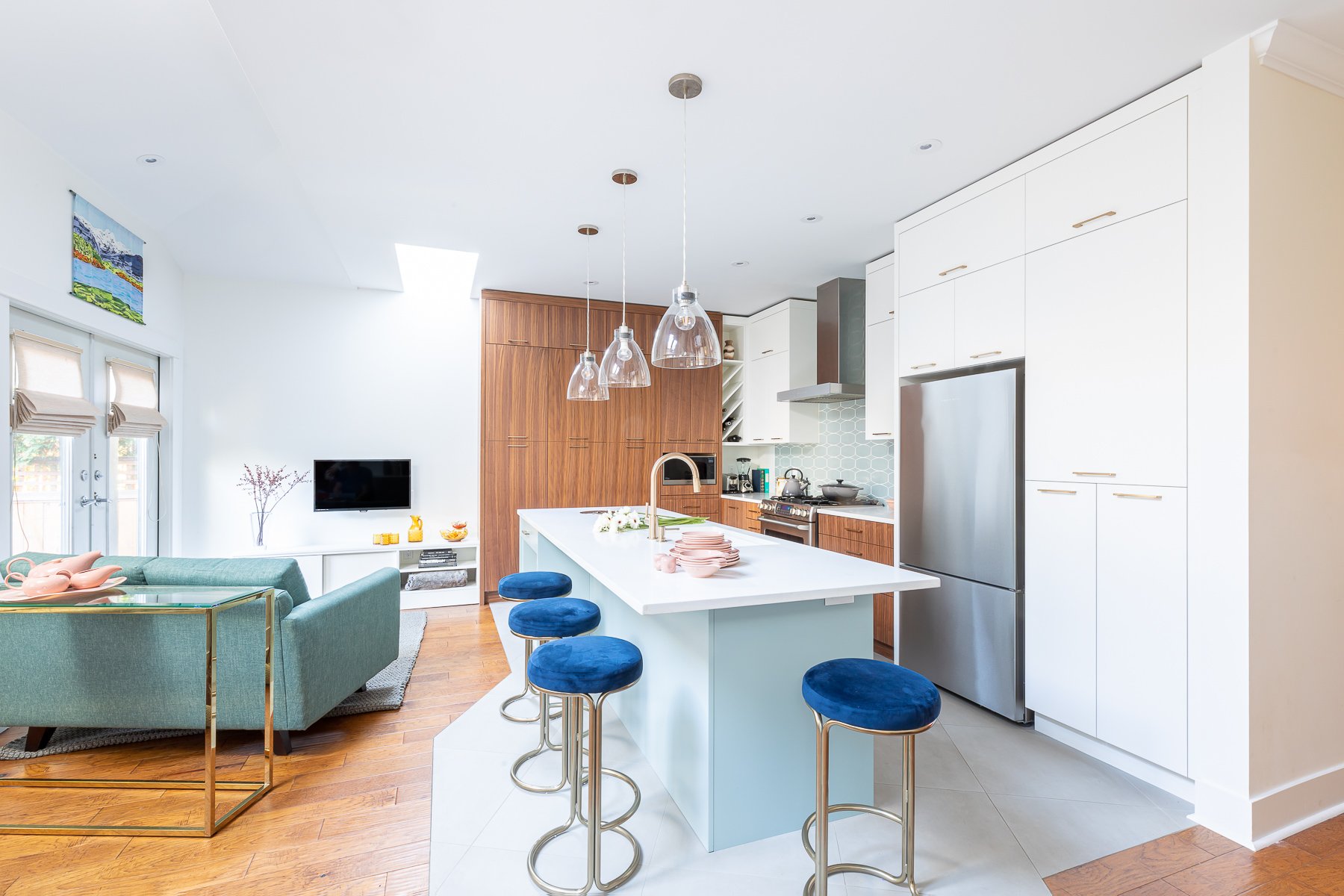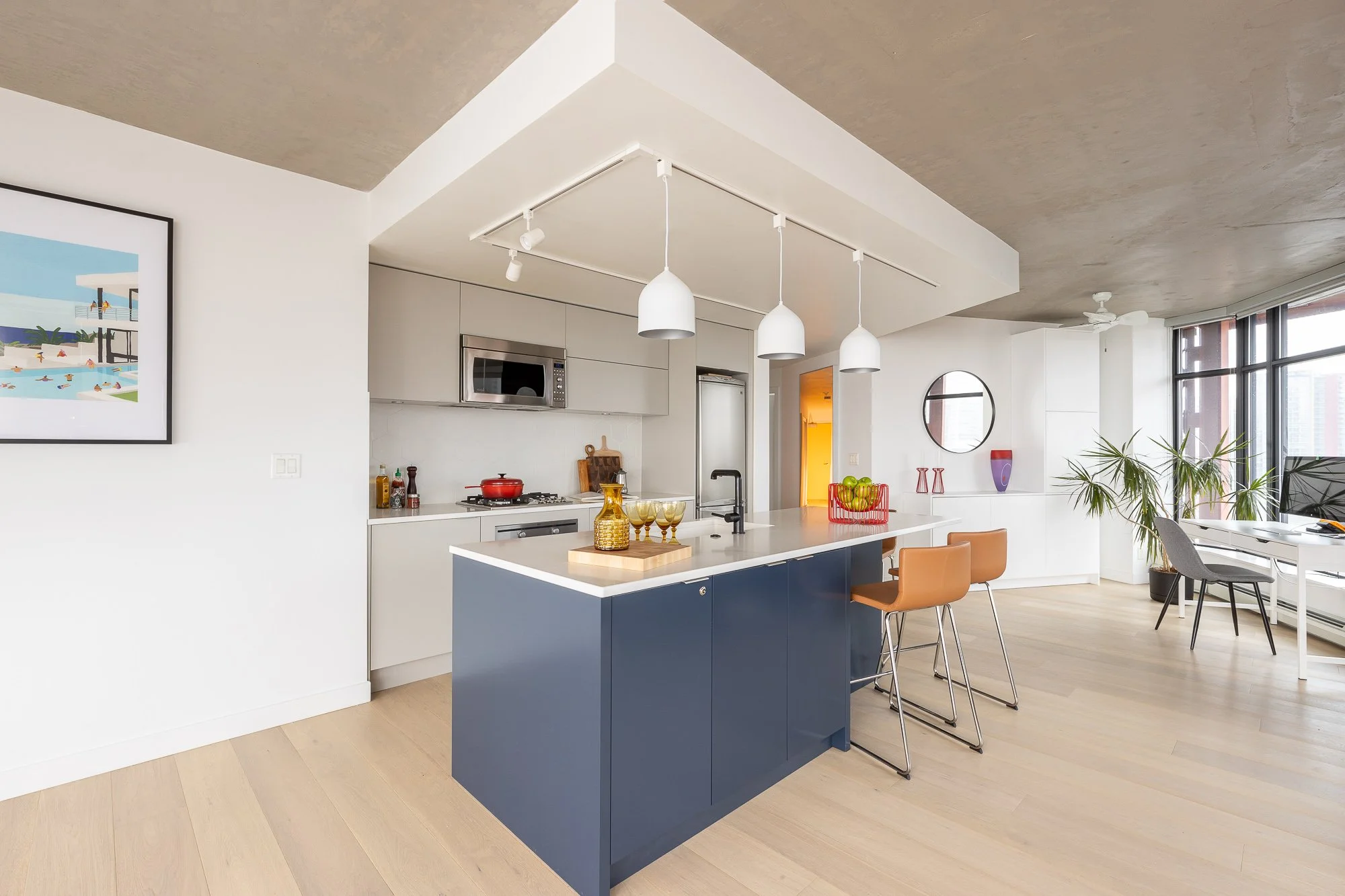Design 101: What’s “design-build” (and other models in construction)?
Understanding the different types of performance contracts in the construction industry is undoubtedly one of the most important decisions that a homeowner can make about their interior design project. Searching for a “design-build” company means that you may already understand that using design services will also require construction and building. Yet, did you also know that there are other types of contracts available that are just as beneficial?
The design and construction industry is quite diverse in how these professionals can work with each other. This means there are different types of performance contracts in the designed environment and how building professionals dovetail together for home renovations, commercial renovations, and new build construction for both residential and commercial projects.
1. What is a a “performance contact”?
A performance contract means that an individual or company is hired to perform to a set of deliverables, such as an interior designer is hired to deliver a set of construction drawings and specifications for an interior renovation project. But this isn’t exclude to interior designers, it is also a contract type used for general contractors, building tradespersons and general builders, for example. This isn’t a specific legal term, and if you consulted legal council, that it isn’t necessary import to categorize the contract type, rather it is an industry professional practice term that helps to identify the roles and responsibilities.
2. What does “design-build” mean?
The term design-build is a type of business model that integrates both the design services and construction work to be performed under one contract and one entity, or company. This seamless approach may foster increased collaboration between the design team and build team from the project's inception, leading to more efficient and cohesive project execution. Clients will benefit from streamlined processes where communication and decision-making are often simplified, which may result in faster project completion timelines. The design-build firm will be accountable for the entire project to the client, meaning there is mimized risk of disputes between the designer and contractor.
A significant disadvantage of the design-build model is the reduced opportunity for competitive bidding, which might limit options for clients seeking the lowest possible price or, on the opposite side, the best quality products. Design-build companies are often dealers of product lines and their preference to sell only their products is what eliminates choice. Additionally, because the same firm handles both design and construction, there can be a perceived or actual bias towards construction methods and materials that favour the firm's strengths or profit margins, rather than the Client's best interests.
3. What does “design-only” offer you?
Design-only services involve hiring a design firm to create the project's construction drawings and specifications without involving them in the construction phase. The design-only model allows clients to focus on detailed and personalized design work, benefiting from the designer's full attention and creativity. Clients have the freedom to bid the completed design to multiple independent contractors, potentially achieving better pricing and selecting the best-suited contractor or builder for their needs.
The main drawback of the design-only approach is the potential for miscommunication and misalignment between the designer's vision and the construction execution. Without the designer involved during the construction process (even for one or two site visits), there is a significant risk of deviations from the original plan, leading to potential quality issues or design compromises which will end up costing the client more overall. Additionally, managing separate contracts for design and construction can increase the client's workload and complicate project coordination between parties.
4. How does “designed-to-build” compare?
The designed-to-build model focuses on creating a design specifically intended to be constructed by a chosen independent contractor. This approach ensures that the design is practical and feasible, aligning with the independent contractor's methods and capabilities from the outset. Clients benefit from a realistic and executable plan, reducing the likelihood of costly changes or delays during construction. The close collaboration between the designer and contractor or builder can lead to innovative solutions and optimized construction processes.
While the designed-to-build model offers strong alignment between design and construction, it can limit the client's flexibility in choosing independent contractors. The design may be tailored to a specific construction company, making it less adaptable for other contractors if the client decides to change builders. Additionally, the client's choice may be influenced by the pre-existing relationship between the designer and builder, potentially leading to less competitive pricing.
5. What about “design-negotiate-build” models?
The design-negotiate-build model involves a three-step process where the design is created first, followed by negotiations with selected independent contractors before commencing construction. This approach allows clients to have detailed design plans before engaging in pricing discussions, ensuring they understand the project's scope and requirements. Negotiating with independent contractors based on the complete design can lead to more accurate and competitive bids, as well as the opportunity to refine and adjust the design to match budget constraints and contractor capabilities.
One disadvantage of the design-negotiate-build model is the potential for extended timelines, as the negotiation phase can be time-consuming. The need to finalize designs before negotiating may also lead to higher upfront costs and a longer planning phase. Additionally, if negotiations with independent contractors are not successful, it may require revisiting and modifying the design, leading to potential delays and increased costs (e.g., value engineering).
What model do we use is at Articulated?
It might seem obvious, now that you understand the different types of performance contracts, but the only model we are unable to work in is design-build. This is because we are not licensed general contractors (and would not claim to be; it’s just not our zone of genius.)
We have found that the most beneficial method of working for us and our clients is the designed-to-build model where we gear the entire projects construction drawings and specifications toward the capabilities and expertise of one particular independent contractor. The reason why we believe this works is because when we provide independent design services we can tailor the design and specified finishes to your project and budget. This carries over to tailor the design to the skills, and expertise of your chosen contractor or builder. This can elevate the results of a design utilising our expertise with a range of products and finishes for every budget.
We find that for us everyone just works smoothy together this way: If you have any questions about your project , you get an answer independent of any contractor or trade professional on your project from an experienced NCIDQ certified interior designer who can design for the building code requirements of municipalities across Canada.
In contrast, we will often begin projects with the design-negotiate-build model with the understanding that the build component is coming. Once an independent contractor is successfully selected, we easily switch our methods and model to the designed-to-build framework.















The 3 key steps to take before starting a kitchen or bath project.